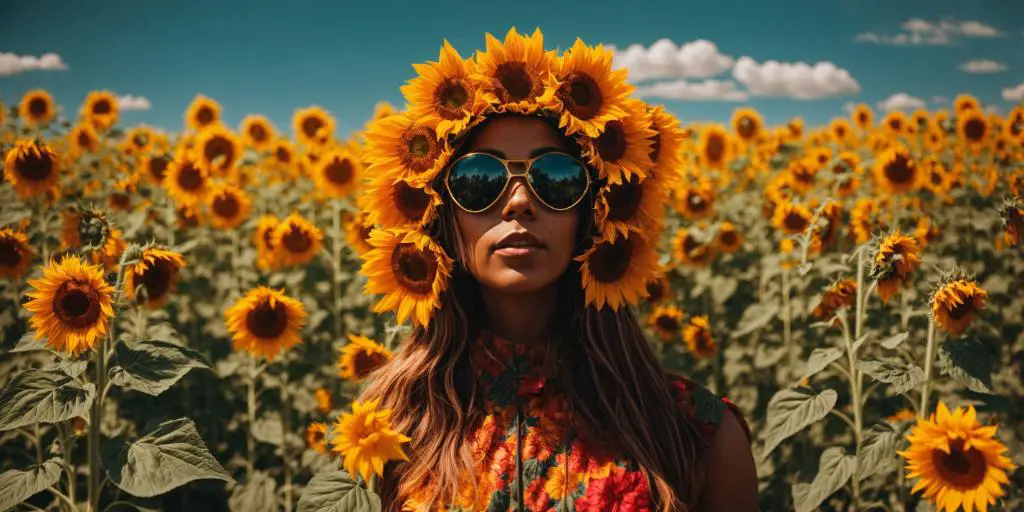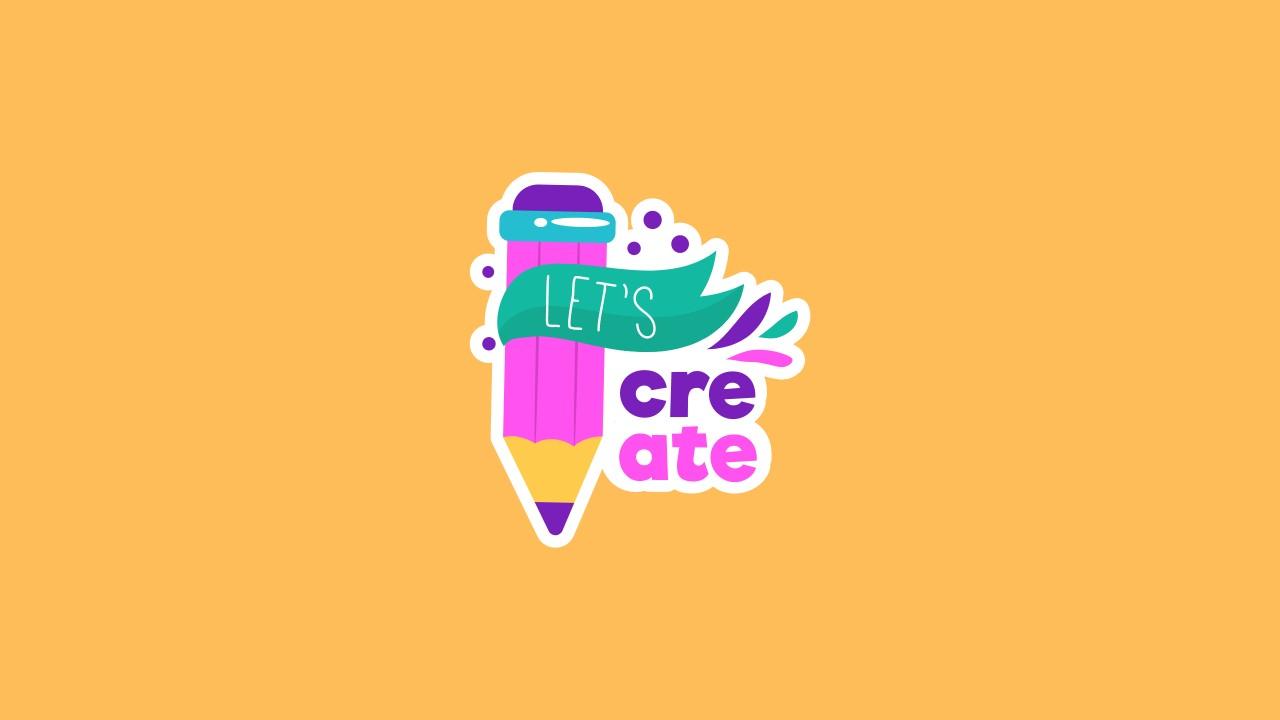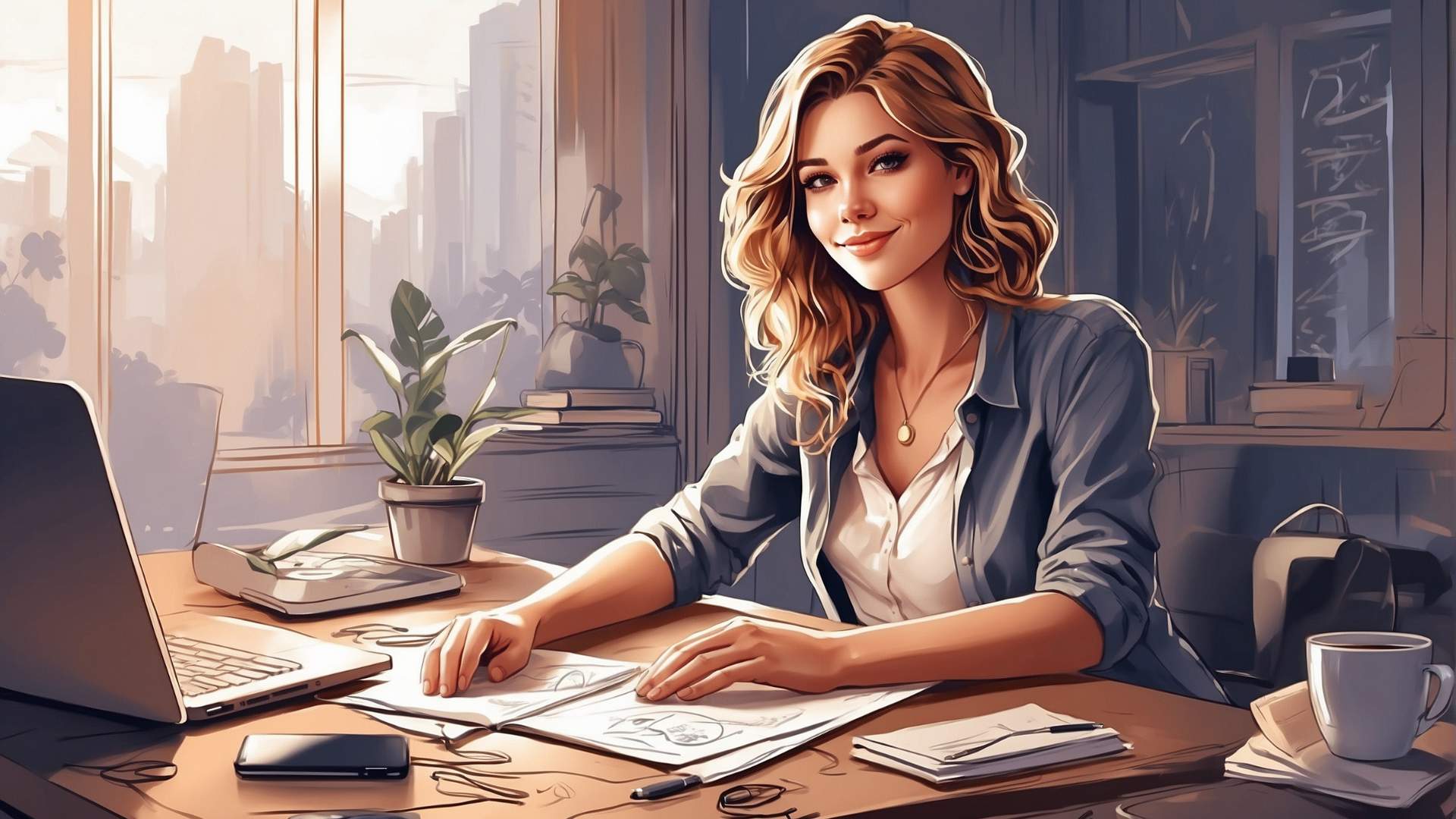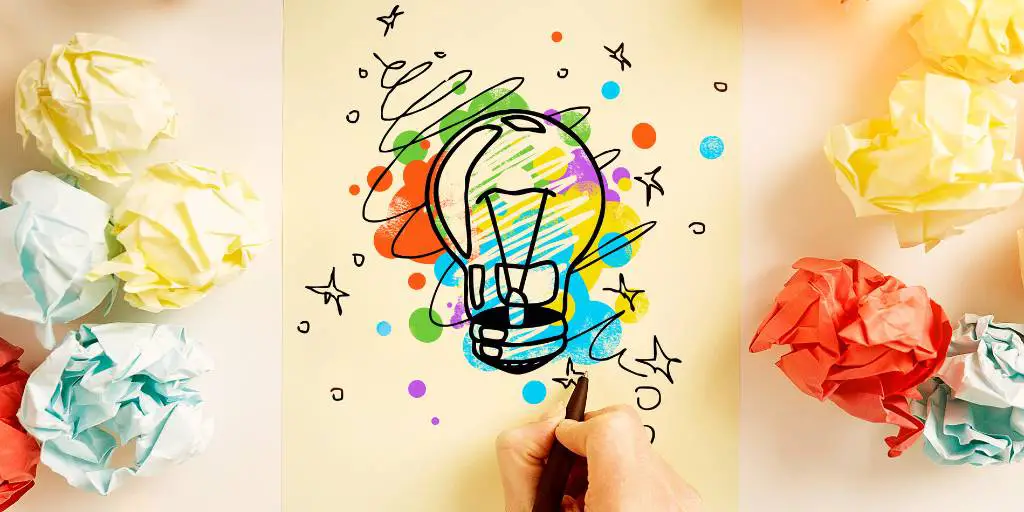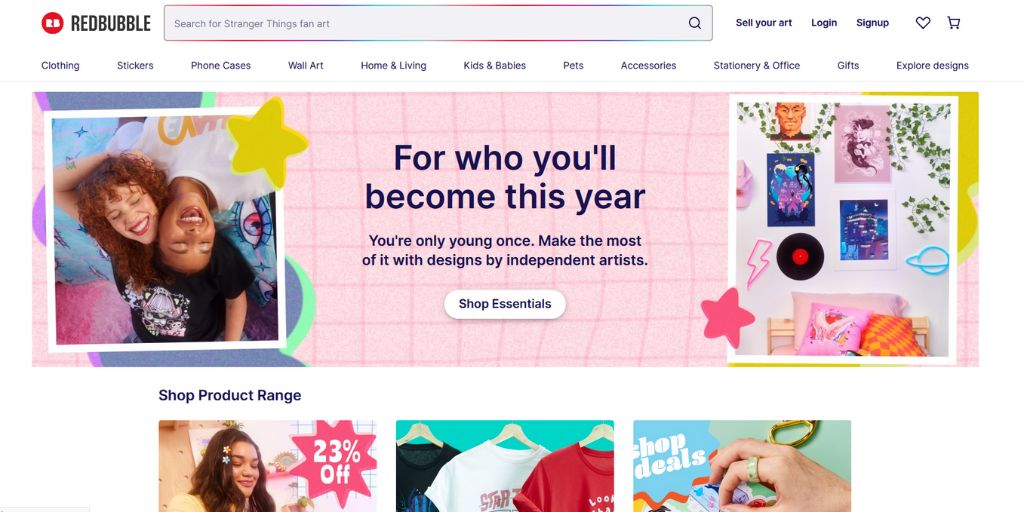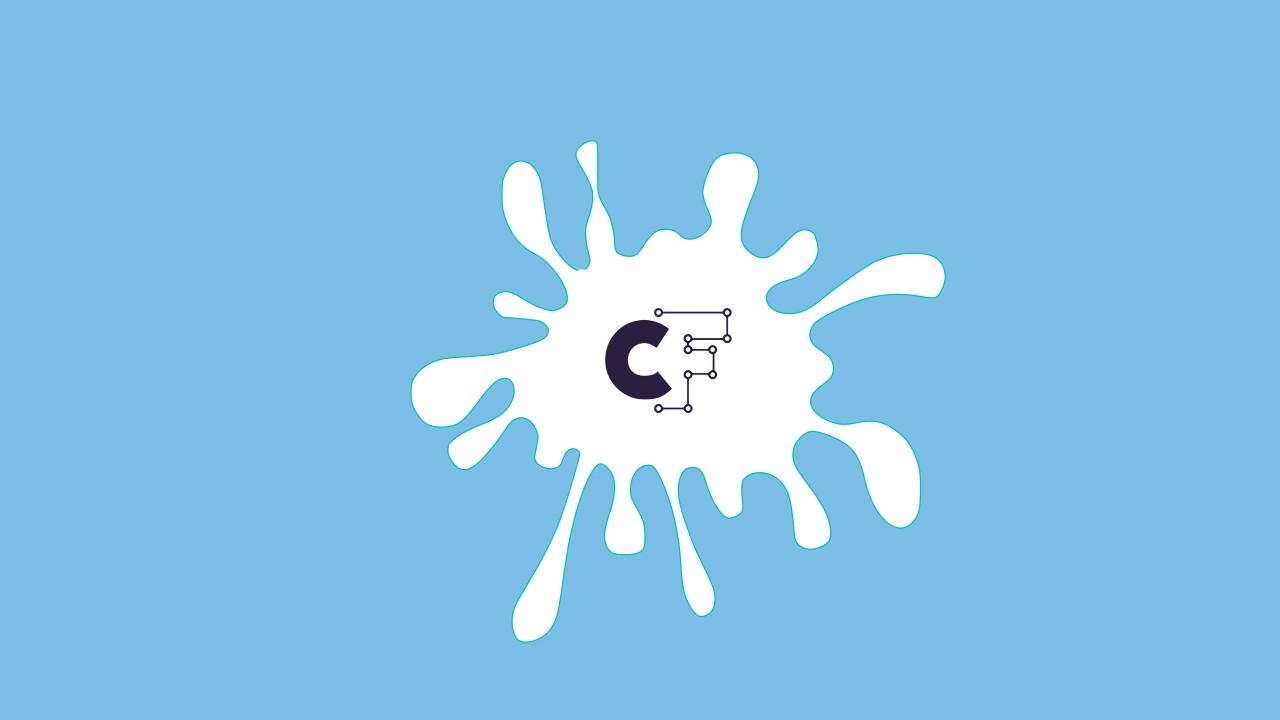I wanted to have an open discussion about using AI tools for graphic design.
I know there are a lot of mixed feelings and valid concerns about how this technology could impact designers like you and me.
However, I think these new AI capabilities also offer some powerful opportunities if we approach them with an open mind.
My perspective comes from direct experience as a designer experimenting with these tools.
Thanks to our sponsors, this newsletter is free for you.
In partnership with NechEmpire, Creative Fabrica gives you unlimited access to over 4 million fonts, graphics, & digital crafting resources for free! Get all access now.
When it comes to getting started with print-on-demand (POD), Kittl is a fantastic option. They offer a wide range of highly professional templates that can be easily edited to suit your needs. Whether you’re looking to make money or simply want to explore the world of POD, Kittl is definitely a go-to place for beginners and experienced users alike. Get a free account.
When I first heard about AI image generation, I was skeptical too.
The idea that a computer program could tap into human creativity seemed like it might threaten the heart of what we do.
However, after using these tools myself, I realized that AI is not actually creative on its own.
It has been trained on millions of images and designs to recognize visual patterns and styles. This allows it to generate new images that conform to those patterns when prompted.
However, the AI has no conception of meanings, emotions, or aesthetic judgment.
That’s where human designers come in.
We add our unique spark of true creativity and intent. AI becomes a tool to help us build on our vision, not to replace it.
For example, I can use an AI tool to instantly generate a color palette that matches the mood I want for a design. This assists me in ideation and creation.
But only I as the designer can critically evaluate if that palette works for the specific message and audience. My uniquely human skills are augmented, not competed with.
And in fact, these technologies are still incredibly limited compared to human creativity.
While they can help with discrete tasks like color selection, they cannot design anything from scratch. Right now, AI is best suited for assisting designers rather than replacing them.
However, the technology continues to rapidly advance, leading to some reasonable concerns.
However, I still believe that designers who are trying these tools will have the best opportunity to shape their development.
We are the ones who can steer AI to enhance human creativity rather than stifle it.
For example, by providing both positive and constructive feedback on AI results, we can improve the systems’ understanding of effective design.
Our input today will help ensure AI design tools of tomorrow truly amplify our skills rather than minimize our role.
I hope I’ve provided a helpful perspective on both the promises and challenges of this emerging technology.
While there are valid concerns, I genuinely believe that if used ethically and intentionally, AI design tools expand rather than limit human creativity.
Approach with an open mind and focus on integrating it into your existing skills and knowledge.
- Be proactive as a collaborator, not a competitor.
There are bound to be challenges along the way, but the potential benefits for designers are groundbreaking.
I’m excited to explore this future with you!
Let’s shape the next frontier of design together.
Disclosure: Some of the links above may contain affiliate partnerships, meaning, at no additional cost to you, NechEmpire may earn a commission if you click through to make a purchase.
- The Truth About Etsy Hacks (From Someone Who Tried Most of Them) - January 17, 2025
- The Art of Emailing Your Customers: A Guide That Actually Works - December 9, 2024
- Why You Need to Improve Your SEO on Etsy - December 9, 2024

